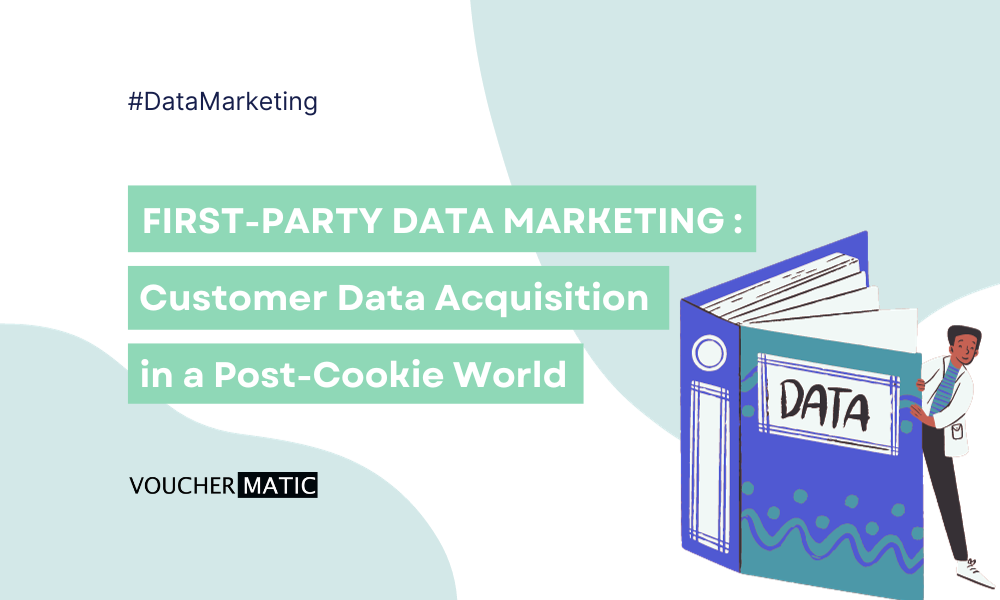Customer data acquisition is one of the major components, if not the basis of your digital customer engagement strategies. It is key in planning out your marketing strategies, permeating almost every aspect of a business, as your customers are the lifeblood of your company.
The global customer data platform market share is speculated to increase from USD 2.4 billion to $10.3 billion USD from 2020 to 2025. Furthermore, data-driven companies are 23 times more likely to gain new clients.
Why is the collection of customer data so important for your marketing strategies? How exactly can you put this data to good use?
Personalisation: Why Customer Data Acquisition So Important
Personalization is a big part of marketing today. Customers want to feel unique and valued, not like just another statistic.
80% of customers say that they are more likely to do business with a company that provides a customized shopping experience. On the other hand, 71% of customers state they are frustrated if companies do not intimately understand their needs.
Personalization doesn’t have to be complicated. Just addressing customers by name shows you care. You can also promote products and services they’re likely to enjoy.
All of this relies on customer data, which will be harder to get in the future.
The Answer: First-Party Data Collection
According to Google, the number of searches for “online privacy” has increased by 50% year-over-year worldwide. People are becoming more opposed to sharing their data with companies, likely because of security concerns. This is reflected in how data privacy laws are now becoming stricter and stricter.
As such, there is a need for companies to turn to tools other than third-party cookies to collect customer data. This leads to the popularisation of first-party data collection, where customer data is collected from the customers themselves. Examples of first-party data that you can collect include customers’ browsing history, point of sale, customer spending, and more.
As it turns out, customers are more likely to give you their information if they receive something in return. 90% of consumers are willing to share their data to receive exclusive promotions and discounts on products that they are interested in. However, whilst 38% of customers want personalization, they are not willing to give out too much personal data.
How do you resolve this conflict of interest? How much information to collect is enough, and how much is too much? The answer lies in asking your customers what exactly they are comfortable with sharing.
Vouchermatic’s First-Party Data Marketing Playbook
Though the task may seem daunting at first, do not let that scare you away from attempting to create a first-party data marketing strategy. Carrying out such a plan is easier than you think, as long as you follow our step-by-step playbook to help you ideate your very own first-party data collection strategy.
Step 1: Why Do You Need the Information?
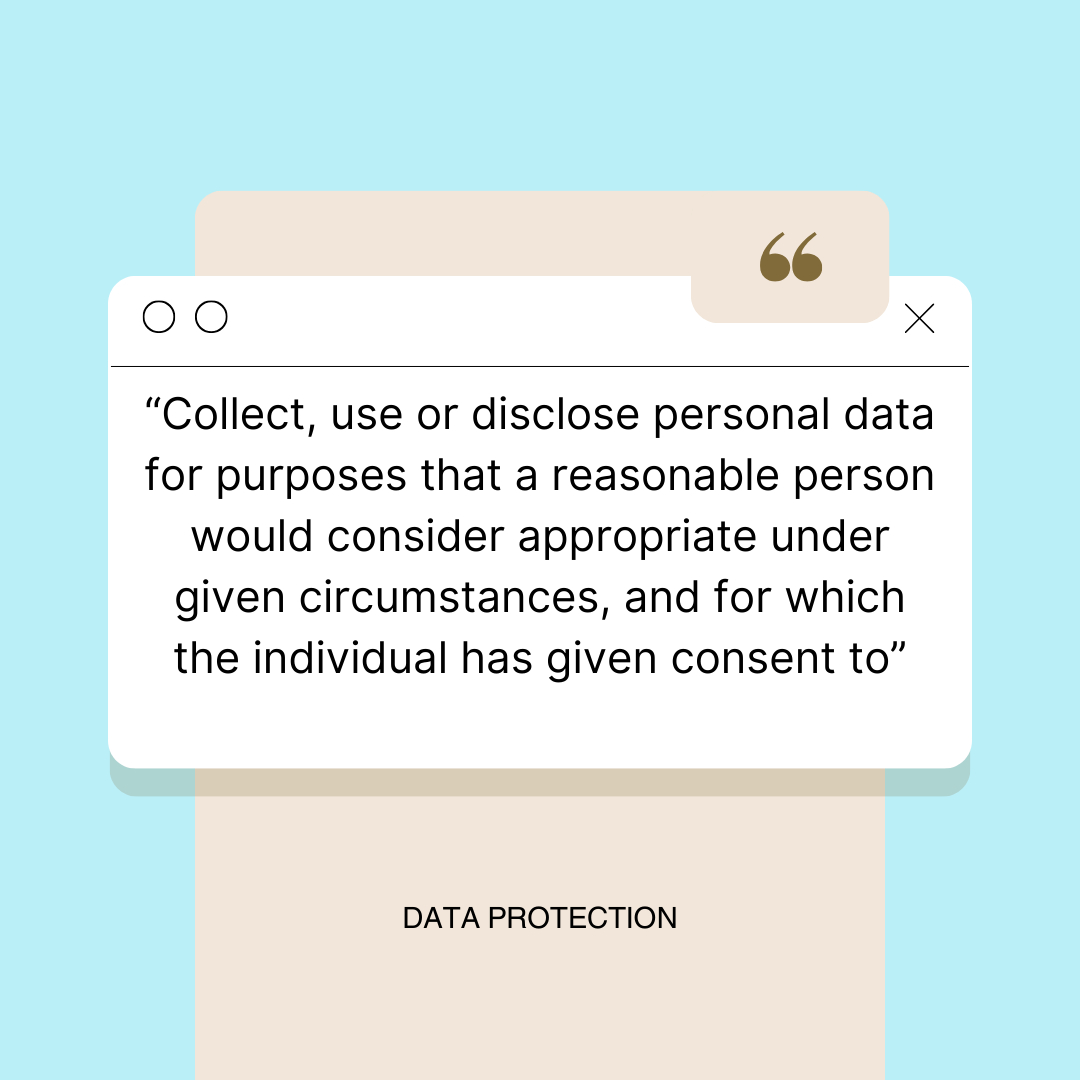
What is your plan with the information that you collect? Is it to segment your market? To personalize your customer’s shopping experience? Trying to kickstart a loyalty program
Depending on your answer, you need to collect different types of information to pursue your business goals. Deciding and being certain of your business goals determines what exactly you need from your customers.
There is no need to collect more data than is required. Don’t forget that slightly more than a third of customers are unwilling to give out too much personal data, even if there are rewards involved.
Step 2: What Information Do You Need?
Once you’ve defined your objective, it’s time to pinpoint the specific information essential to achieving it. For instance, if your focus is on crafting compelling promotional emails, having access to your customers’ names and email addresses is key. On the other hand, for tailoring ads that resonate with their preferences, understanding their purchase history becomes invaluable.
Mastering the art of discerning the right kind of information lays the foundation for a seamless first-party data collection process. The right questions pave the way for accurate answers. It’s crucial to recognize that some pieces of information may be of a sensitive nature, and customers may be hesitant to disclose them. The utmost priority lies in honoring their preferences and avoiding undue pressure. After all, not every customer is an immediate prospect.
Step 3: How to Collect the First-Party Customer Data?
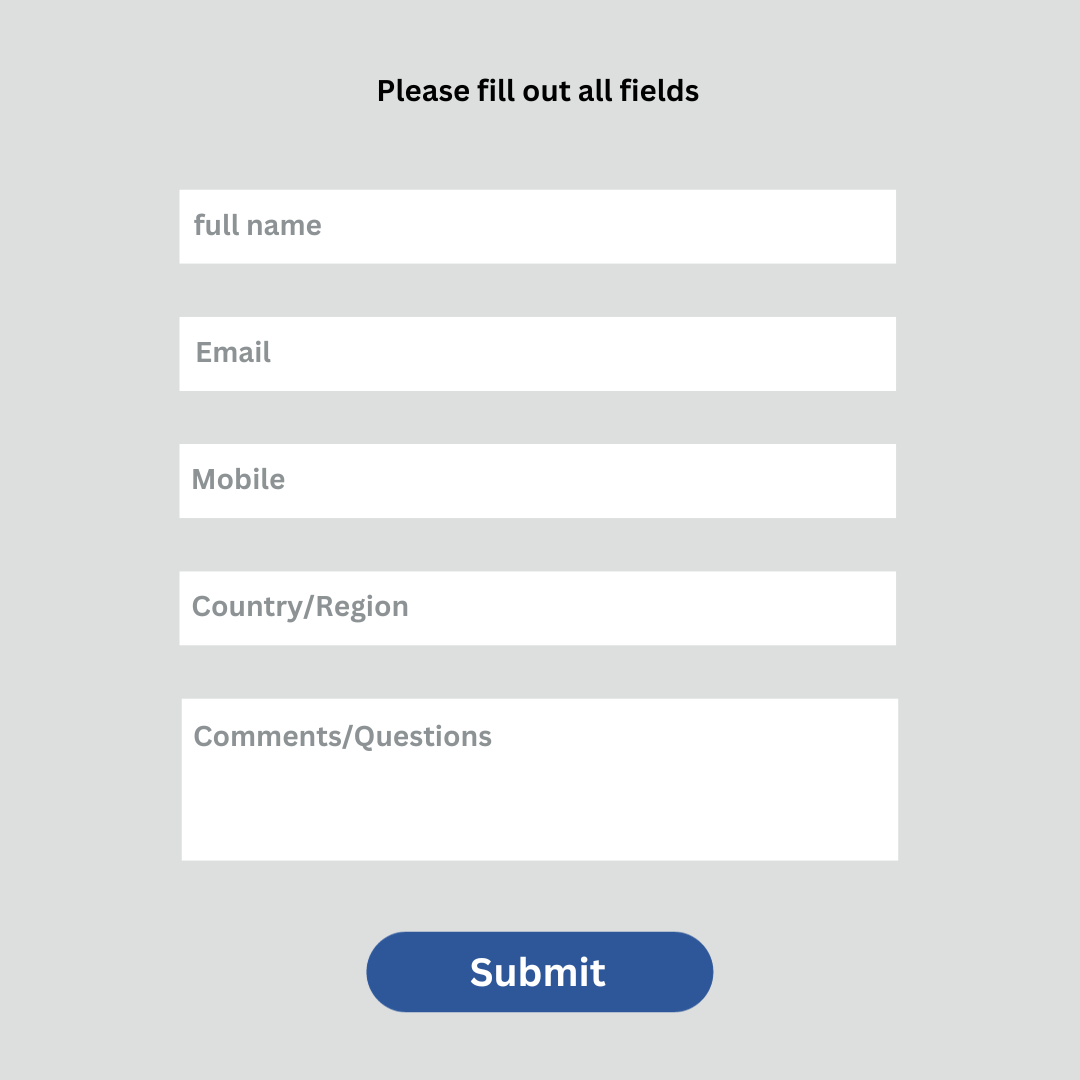
Now that you know what information you need and what they are for, it is time to decide how to collect the customer data. The most straightforward way would be to ask your customers directly, such as sending them a digital form to fill up.
This form can be easily generated by Google Forms, and all you need to do is ask your customers to provide the information that they require. The basics are just that simple, but if you would like to stand out from other businesses, you probably need to spruce it up with a little more pizzazz to your form.
This commonly comes in the design and aesthetics of your form. Tacking on your brand logo to your form signifies immediately to your customers that this form is yours, and that they are communicating with your brand, and your brand only. This ups your brand exposure as well as a bonus.
But how do you send your form to every customer who steps into your stores, or peruses your online catalog? If your customer base is big, and you are looking at thousands of transactions a day, how can you keep track of all your customers?
Step 4: When to Collect the First-Party Customer Data
Each customer goes through what is called a shopping journey. This journey encompasses their retail experience from the very first moment they click on your website or walk into your store. Along this journey is a slew of touchpoints where you have a chance to interact with your customer.
For example, you could reach out to your customers as soon as they purchase at the counter, by inviting them to scan a QR code that could take them to your form. Alternatively, you can reach out to them when they join your membership program, by sending them a form through your website or app.
Bear in mind that customers are more willing to share information with you if they can receive something in return. As such, the best time to target customers is at touchpoints where you can offer something that your customers may want, in addition to whatever they purchase from you.
Step 5: What Can You Do With This Information?
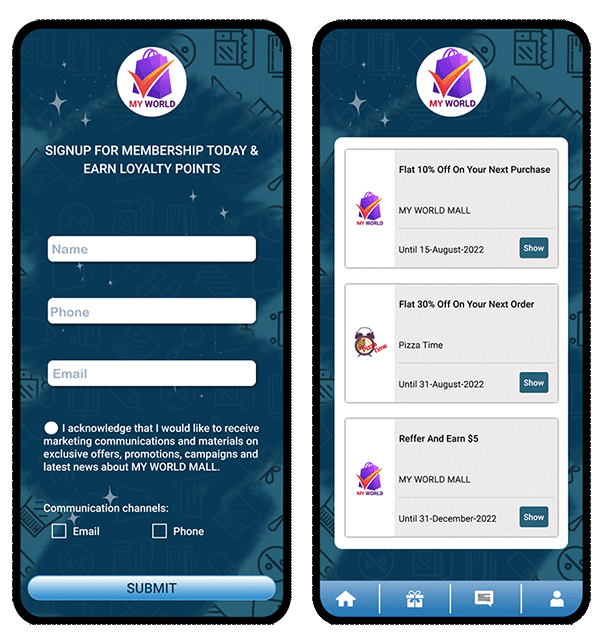
Simply collecting the data isn’t enough. You need to be able to use it effectively in your marketing campaigns. Otherwise, this first-party data is nothing more than ones and zeroes, useless in every regard.
Make use of your numbers in deciding on your next step in your marketing opportunities. Plug them into your CRM to help you incorporate that first-party data into your decisions on your future marketing plans.
Most information that you collect should be useful in some way. Demographics can tell you what kind of customers you attract, and purchase history can keep you informed as to which items are being sold most frequently, and which are being neglected.
How Can Vouchermatic Help You?
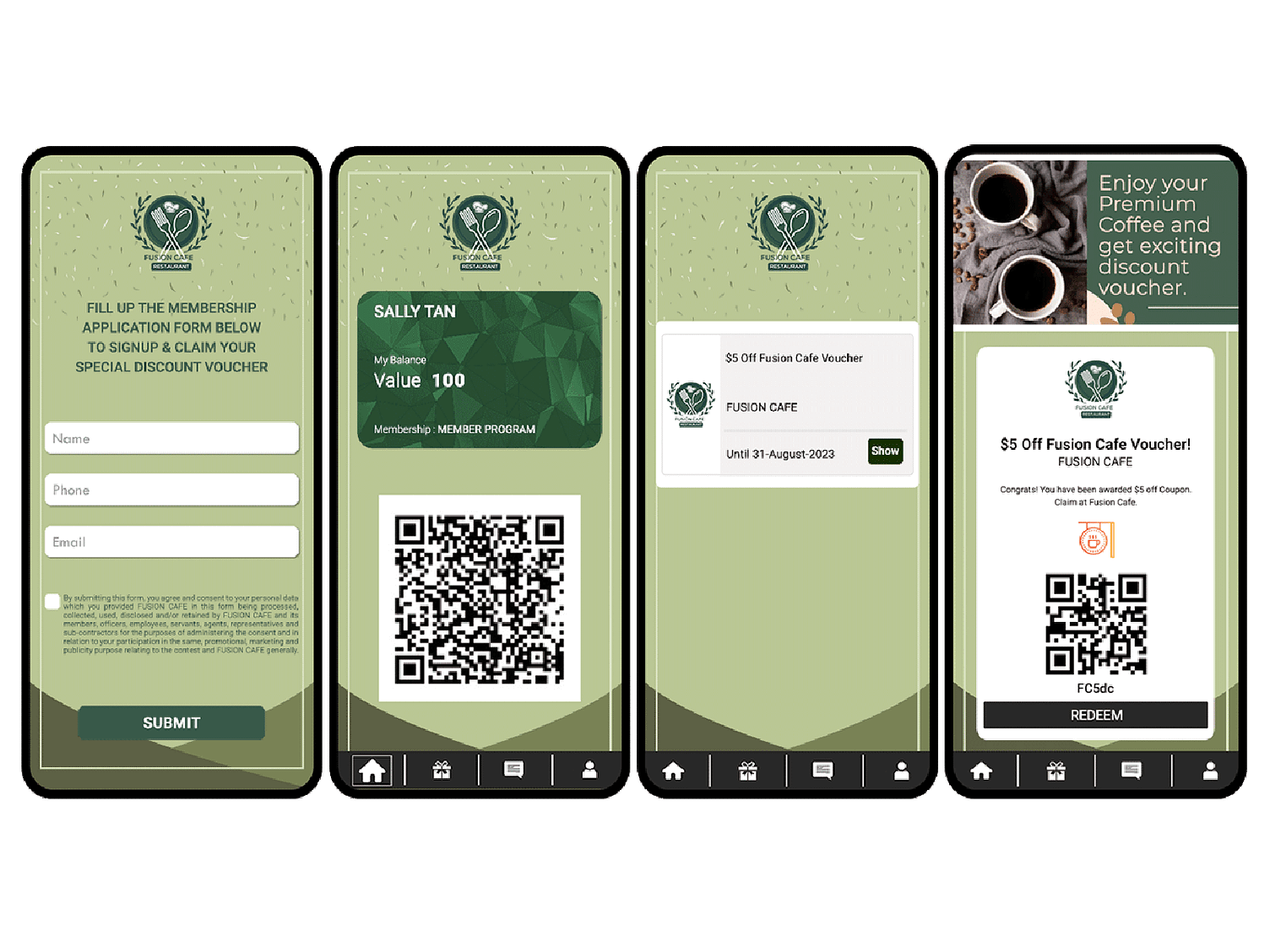
Kickstart your first-party data collection with Vouchermatic’s rewards engine! If customers are willing to give you their precious information for a reward, then there is no reason not to offer it to them. Even a simple voucher for a discount on their next purchase with you would go a long way in your first-party data marketing campaign.
Our rewards engine can be incorporated seamlessly into Google Forms, thanks to our API-first platform. It can issue, disseminate, and track transactions made with your vouchers and/or rewards automatically. Information collected through Google Forms can also be recorded in an Excel spreadsheet in a .xls or .csv format without the need for manual input. If you’re using a CRM, we can send the information directly to that as well.
As we are a managed services company, you do not need to learn how our engine works; we’ll handle everything on the technical side for you. All you have to do is decide on a design for the form and send us any custom designs that you may require.
As the world becomes increasingly digitalized, consumers are calling for a crackdown on data mining and the non-consensual collection of personal information. With new data privacy laws springing up, there is a need for businesses to adopt the usage of first-party data collection methods.
With the simple steps of Vouchermatic’s first-party data playbook and our rewards engine, it’s easy to begin your first-party data marketing journey. Contact us here with your questions to learn more! Our friendly team is dedicated to answering your questions, and we can even provide a free demo on request.
